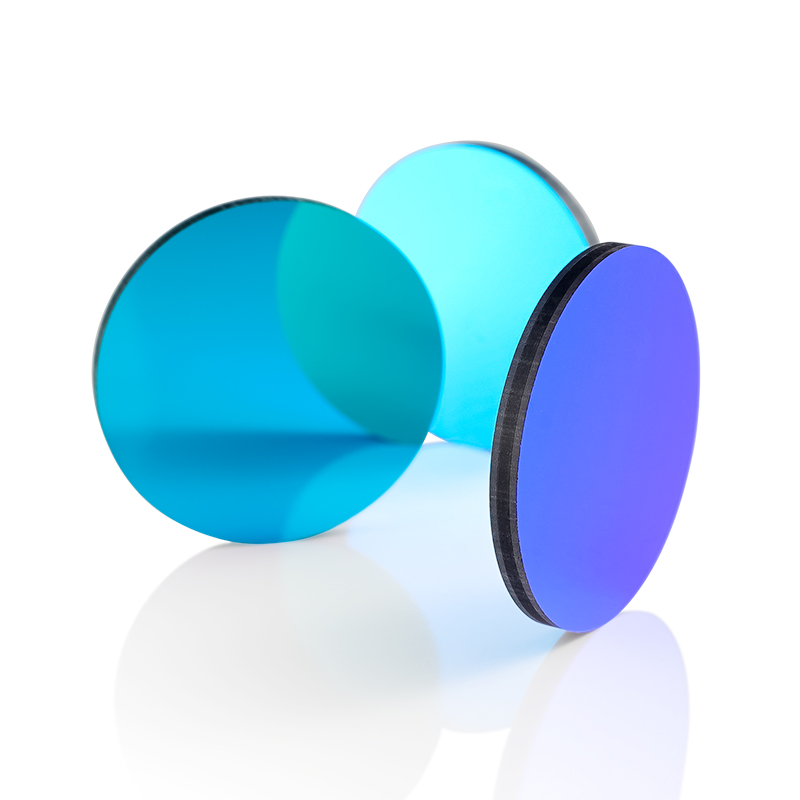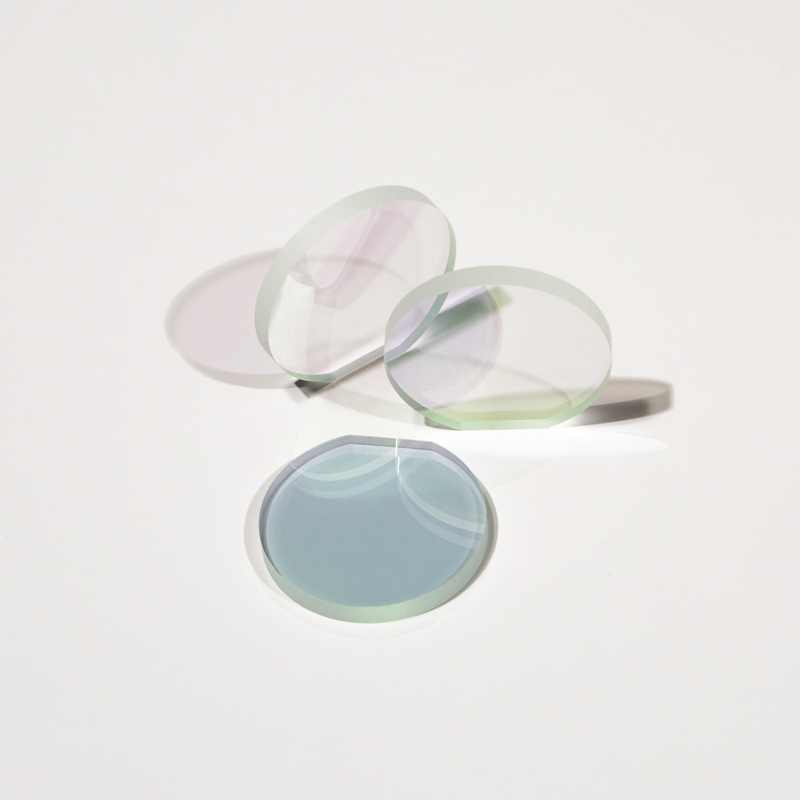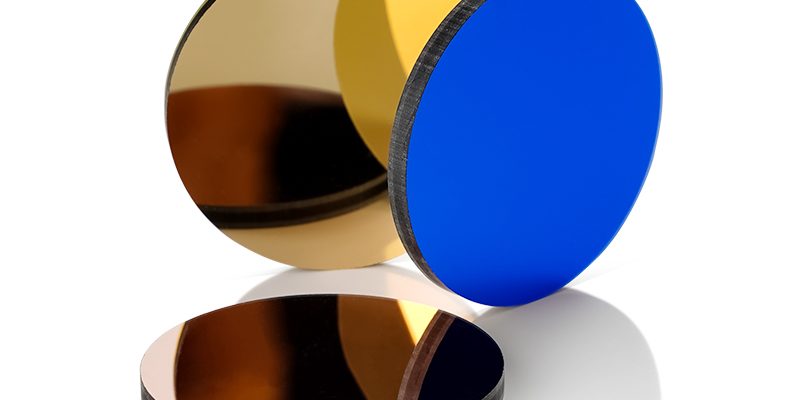Infrared filters, as a specially designed optical device, allow infrared light within a specific wavelength range to pass through while blocking other wavelengths of light, especially visible light and ultraviolet light. The working principle of this filter is based on the selective absorption and transmission characteristics of light. By adopting specific materials and coating technology, accurate screening of light can be achieved.

Infrared filters are usually classified according to their wavelength range and purpose, mainly including long-wave infrared filters (Long Pass Filter), short-wave infrared filters (Short Pass Filter), band-pass filters (Band Pass Filter) and cut-off filters (Notch Filter). Long-wave infrared filters allow infrared light above a specific wavelength to pass through, while short-wave infrared filters allow infrared light below a specific wavelength to pass through. Band-pass filters only allow infrared light within a specific wavelength range to pass through, while cut-off filters prevent light within a specific wavelength range from passing through.
In terms of material selection, the base materials of infrared filters are diverse, including optical glass, resin, sapphire, silicon, germanium, magnesium fluoride, calcium fluoride, etc. Among them, calcium fluoride has good light transmittance and low absorption rate in the ultraviolet 250nm to 9μm infrared transmittance range, making it the preferred material for high-performance filters. As the basis of semiconductor materials, single crystal silicon is also widely used in the production of infrared filters, especially in applications that require high sensitivity and stability.

The application range of infrared filters is extremely wide, covering security monitoring, infrared imaging, infrared detection, infrared communication, medical imaging, scientific research, and industrial measurement. In the field of security monitoring, infrared filters are used in infrared cameras to improve the clarity and accuracy of night monitoring. In terms of infrared imaging and detection, infrared filters are used in infrared thermal imagers, infrared thermometers and other equipment to achieve accurate measurement and imaging of the thermal radiation of objects. In addition, in the field of medical imaging, infrared filters are also used in specific medical equipment to assist doctors in disease diagnosis and treatment.
It is particularly worth mentioning that infrared filters play a vital role in infrared gas detectors. Infrared gas detectors are high-precision, fast-response, and stable gas detection instruments that are widely used in industrial and environmental monitoring fields. Its working principle is based on infrared spectroscopy analysis technology. By measuring the changes in the infrared absorption spectrum produced by the measured gas molecules after absorbing infrared light of a specific wavelength, the type and concentration of the measured gas can be inferred. In this process, the filter is responsible for selectively transmitting infrared light of a specific wavelength to ensure that the instrument can accurately measure the concentration of the target gas.

In summary, as a key optical component, infrared filters play an irreplaceable role in many fields and instruments. With the continuous development of science and technology, the application scope of infrared filters will be further expanded, bringing more convenience and possibilities to people’s lives and work.







